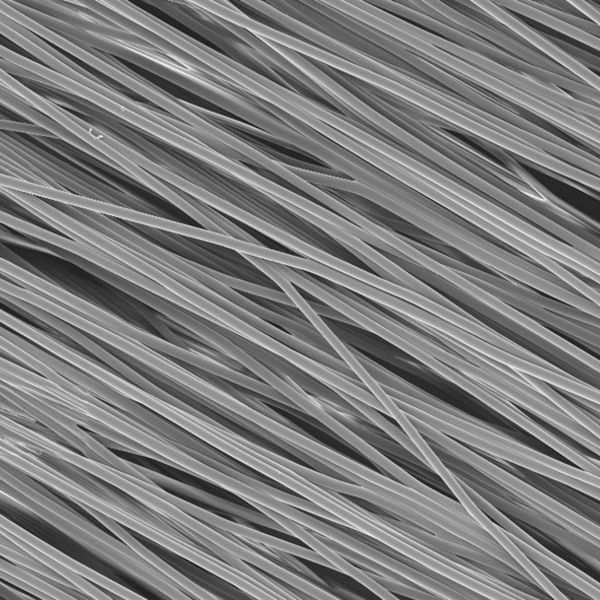
BMA-001 Electrospinning
The technology of electrospinning allows the production of nano- and microfibers and fleeces made of different materials.
Reference No. BMA-001

The technology of electrospinning allows the production of nano- and microfibers and fleeces made of different materials.
Reference No. BMA-001
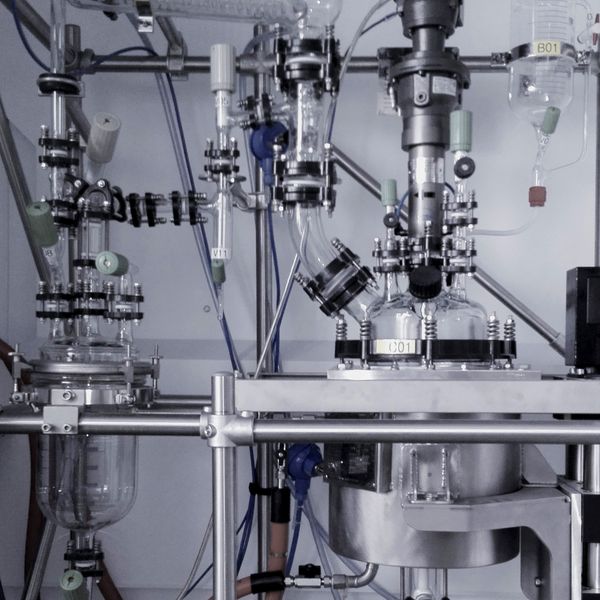
INNOVENT transfers your laboratory synthesis to industrial scale, and carries out process optimization and custom synthesis for you.
Reference No. BMA-002
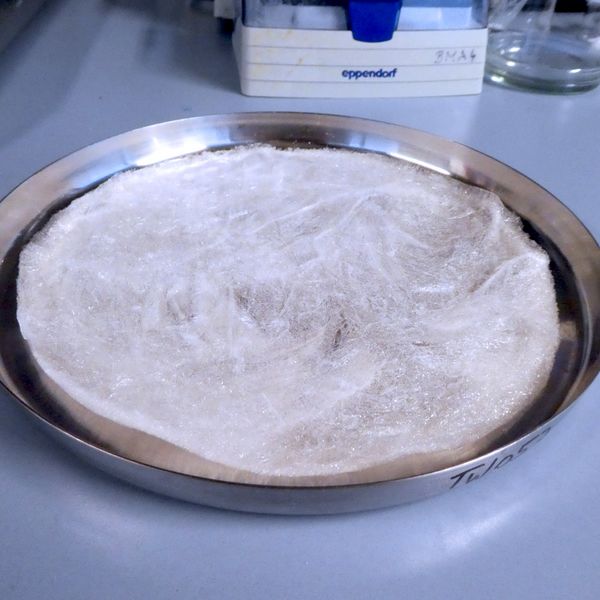
The targeted chemical modification of glycosaminoglycans (e.g. hyaluronic acid, chondroitin sulfate, heparin) offers access to new biomaterials with…
Reference No. BMA-003
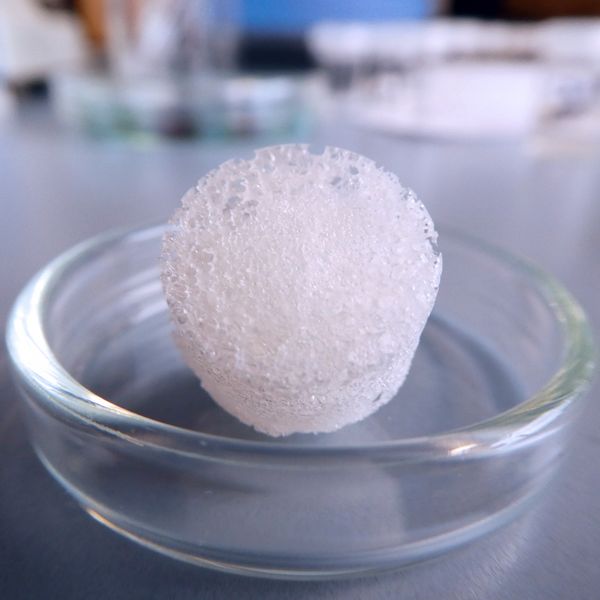
The synthesis of biocompatible and biodegradable polyurethanes and polyureas is a focus of research in the department of Biomaterials.
Reference No. BMA-004

INNOVENT offers the development of suitable coating solutions and layer systems according to the application purpose and the required properties.
Reference No. OFT-010
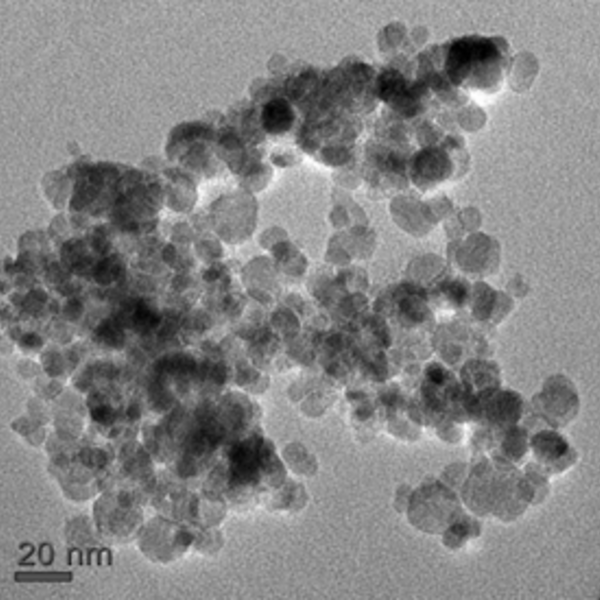
The production of functionalized nanoparticles enables new approaches to the targeted modification of materials.
Reference No. OFT-011
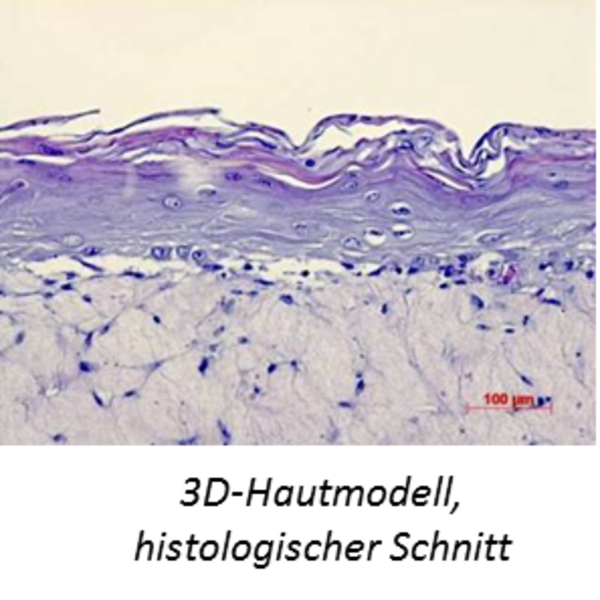
The application of plasma sources in dermatology opens a new field of healing, desifention and antibacterial equipment.
Reference No. OFT-012
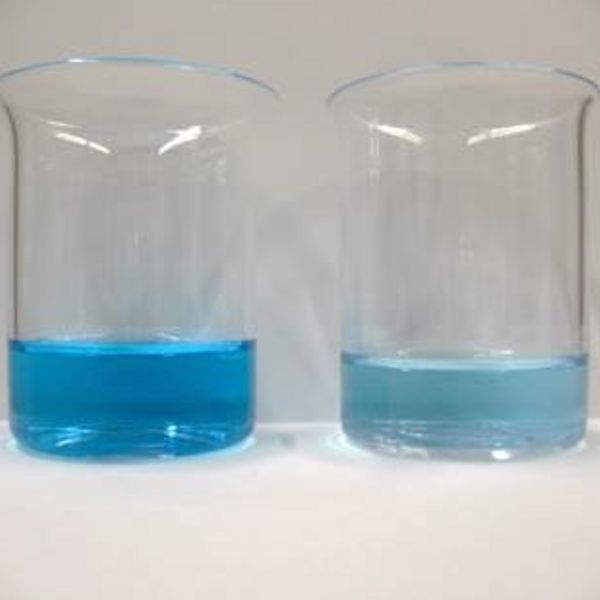
Titanium oxide (TiOx) coatings are photocatalytically active when exposed to UV radiation, i.e. radicals are formed which decompose organic…
Reference No. OFT-013
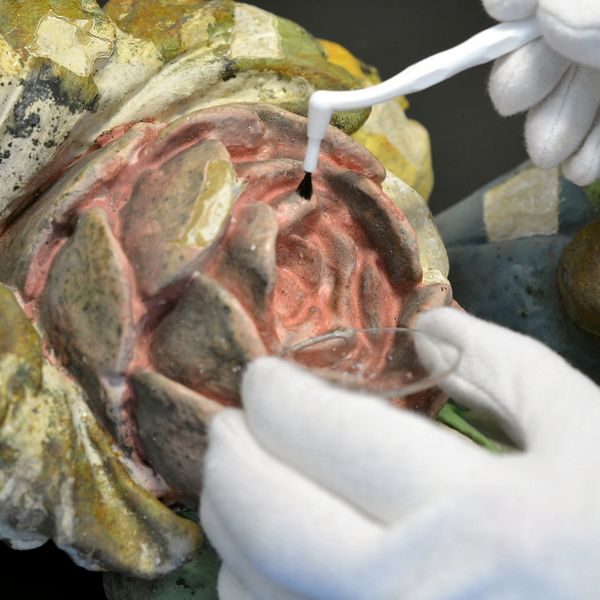
INNOVENT tests and analyses organochlorine compounds, and uses atmospheric pressure plasma to clean untreated wood surfaces.
Reference No. OFT-016

The application on textiles allows for the removal of disturbing textile additives, as well as a new finishing with suitable substances.
Reference No. OFT-023
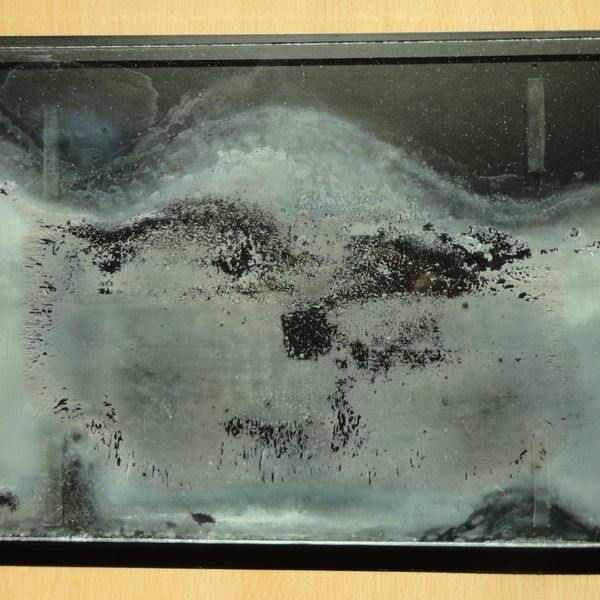
Using a combination of processes based on atmospheric pressure, it is possible to produce corrosion-resistant, easy-to-clean and antibacterial…
Reference No. OFT-029
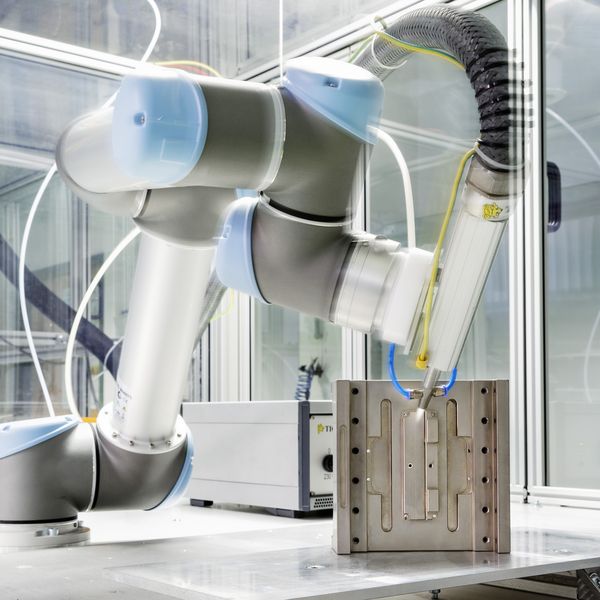
AD plasmas offer a wide range of application possibilities, which can be used universally for almost all material classes.
Reference No. OFT-030
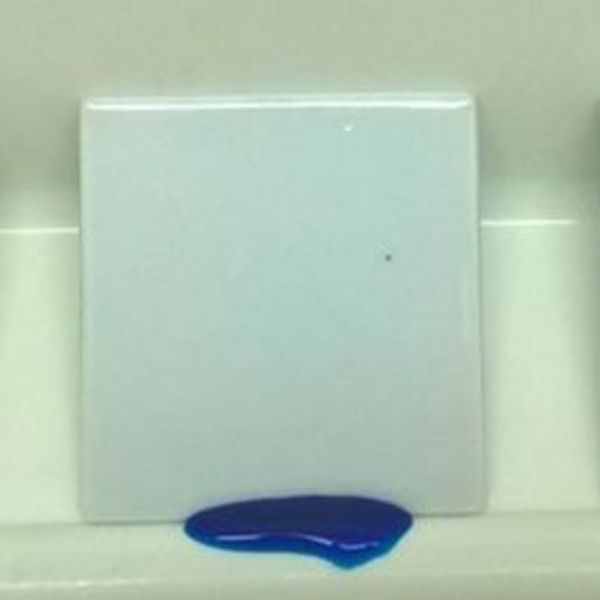
The hydrophobic layer is completely free of fluorine: only a few nanometers thin and abrasion resistant on glass-like substrates according to ASTM…
Reference No. OFT-031
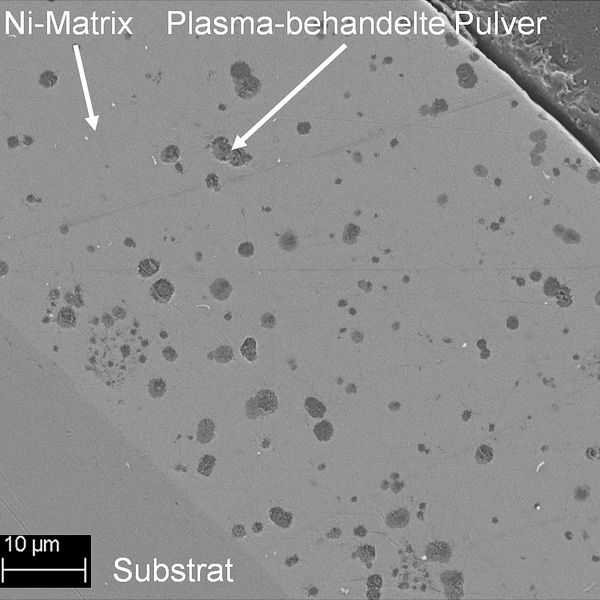
Up to now, surfactants and dispersants containing fluorine have often been used in nickel electrolytes. Their use is subject to strict restrictions…
Reference No. OFT-032
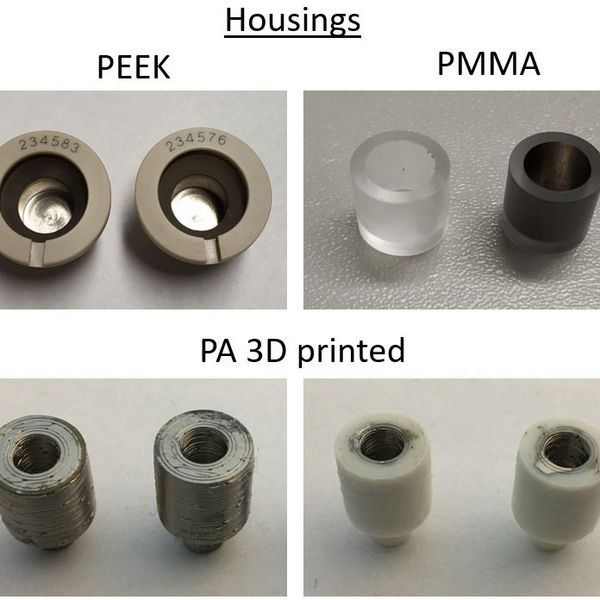
Through the use of plasma techniques it is possible to avoid the use of pickling solutions and aggressive chemicals for the metallization of plastics.…
Reference No. OFT-034
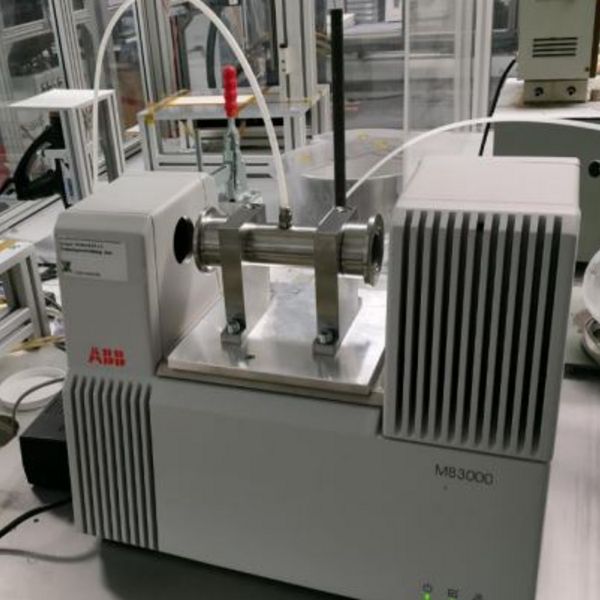
Technology offer for the industrial sectors analytics, energy, medical technology, automotive, life science
Reference NO.: OFT-035
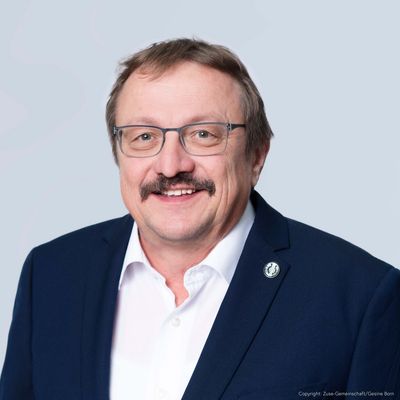
Dr. Bernd Gruenler
Director
e-mail
Phone: +49 3641 282510